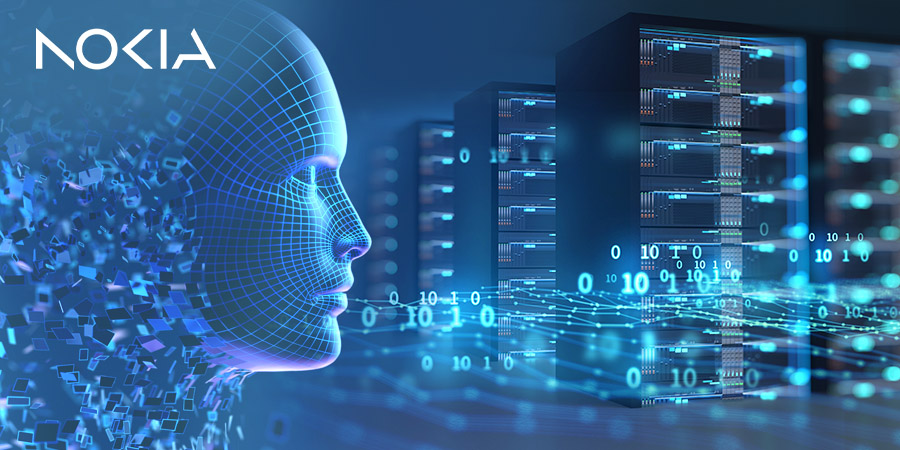In an effort to reduce human error in network operations to zero, Nokia’s new Event-Driven Automation (EDA) platform reduces network disruptions and application downtime while also decreasing operational effort by up to 40%.
EDA is available on-premises and on cloud-based “as-a-service” subscription models. Through the EDA app store, which leverages a cloud-inspired approach, operators can easily customize their automation environment.
By breaking down the barriers organizations face in the migration to data center automation, EDA is ushering in a new era of highly reliable, simplified, and adaptable lifecycle management, thus, ensuring that data center networks are designed for an AI world.
Telecom Review Exclusive: Data Centers: Marking AI Dominance in the Middle East
Increasing Automation in Cloud and Networking Operations
Ongoing digital transformation and the rise of AI applications, coupled with data center workforce shortages and skills gaps, are driving webscalers, enterprises, and service providers to scale and adapt their data center infrastructures to meet exponential demand and evolving workload requirements.
As more critical workloads move to the cloud, interruptions in cloud services can have significant economic, safety and social implications. Thus, increasing automation in cloud and networking operations is essential to respond to demand while reducing service disruptions.
Despite the benefits of network automation, barriers to adopting automation include a lack of scalable, open, multi-vendor solutions; legacy systems and their complexity, requiring skilled resources; and a lack of trust in fully automated systems delivering the right outcomes.
Nokia’s new infrastructure automation platform is designed to overcome these barriers while providing a new path to addressing key challenges in today’s data center network environment.
Benefits of Nokia’s EDA
The risk of human error and associated network downtime is mitigated through EDA’s integrated digital twin, pre- and post-deployment checkpoints, highly responsive multi-dimensional observability, and a robust CI/CD methodology with revision control.
Moreover, simplicity in operations is enabled through intent-based declarative automation, GenAI assistance and a low-code/no-code approach to building customized dashboards.
As a result, EDA easily integrates into multi-vendor, multi-domain environments. EDA also supports a wide range of IT service management systems, event notification systems, and cloud management platforms.
As a modern software platform, EDA incorporates Kubernetes to bring an intent-based, event-driven, and declarative approach to network automation, complementing it with network-wide transactions.
‘Someday’ Is Finally Here
In its commercial video launch, Nokia showcased its Event-Driven Automation (EDA) platform, emphasizing how it reduces network disruptions and service downtime. The leading vendor claimed that the future of "someday" has arrived, with these improvements now becoming a reality.
Agreeing with this, Roque Lozano, Nokia’s Senior Vice President for Network Infrastructure MEA, expressed that “Someday is real today in MEA region!”
Exclusive Interview: Nokia: Collaboratively Driving Technological Advancements










